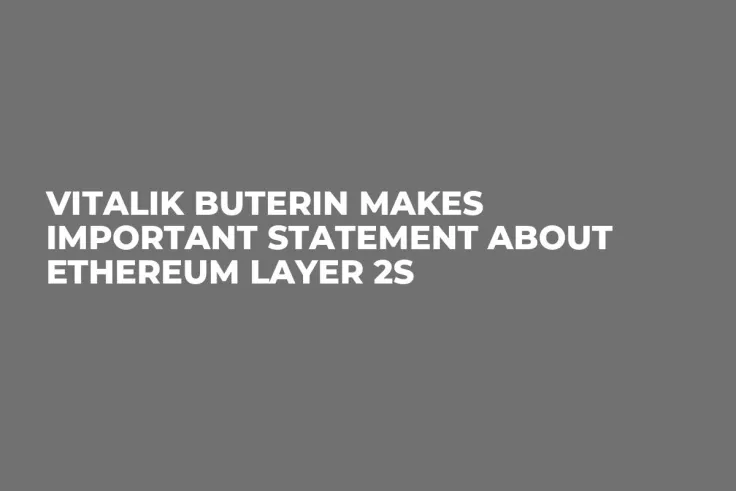
A recent conversation with Vitalik Buterin on X platform sheds light on a few important topics regarding L2 networks – the main scalability tool for the Ethereum network.
At its core, an L2 solution is a secondary framework or protocol built atop the Ethereum blockchain, designed to increase transaction capacity and speed without compromising the security provided by the main chain, known as layer 1 (L1). This conversation is vital because it helps users understand the types of solutions available and their respective tradeoffs.
Buterin participated in a discussion clarifying that "L2s" encompass both rollups and validiums. The distinction is important for users to grasp the different security and scalability features. Rollups are "security-favoring" solutions that bundle or "roll up" transactions into a single proof, which is posted to the main chain.
This process allows for high security, as the L1 blockchain directly secures them. In contrast, validiums are "scale-favoring," designed to boost capacity by storing data off-chain but with proofs still on-chain, offering slightly less security for much greater scalability.
The distinction is nuanced but significant. While rollups are more expensive due to the data being posted on-chain, they offer higher security. Validiums, on the other hand, provide a cheaper alternative, with a slight tradeoff in security. Buterin suggests that the terminology should reflect these differences without delegitimizing either option. In the spectrum of L2 solutions, he proposes terms like "strong L2" for rollups and "light L2" for validiums to help users navigate their choices better.
Interestingly, Buterin also points out that the architecture of L2 solutions is not strictly about security levels. He previously attempted to categorize these layers but recognized that there is a significant "intermediate space" between rollups and validiums, further complicating the classification.

 Dan Burgin
Dan Burgin Vladislav Sopov
Vladislav Sopov U.Today Editorial Team
U.Today Editorial Team